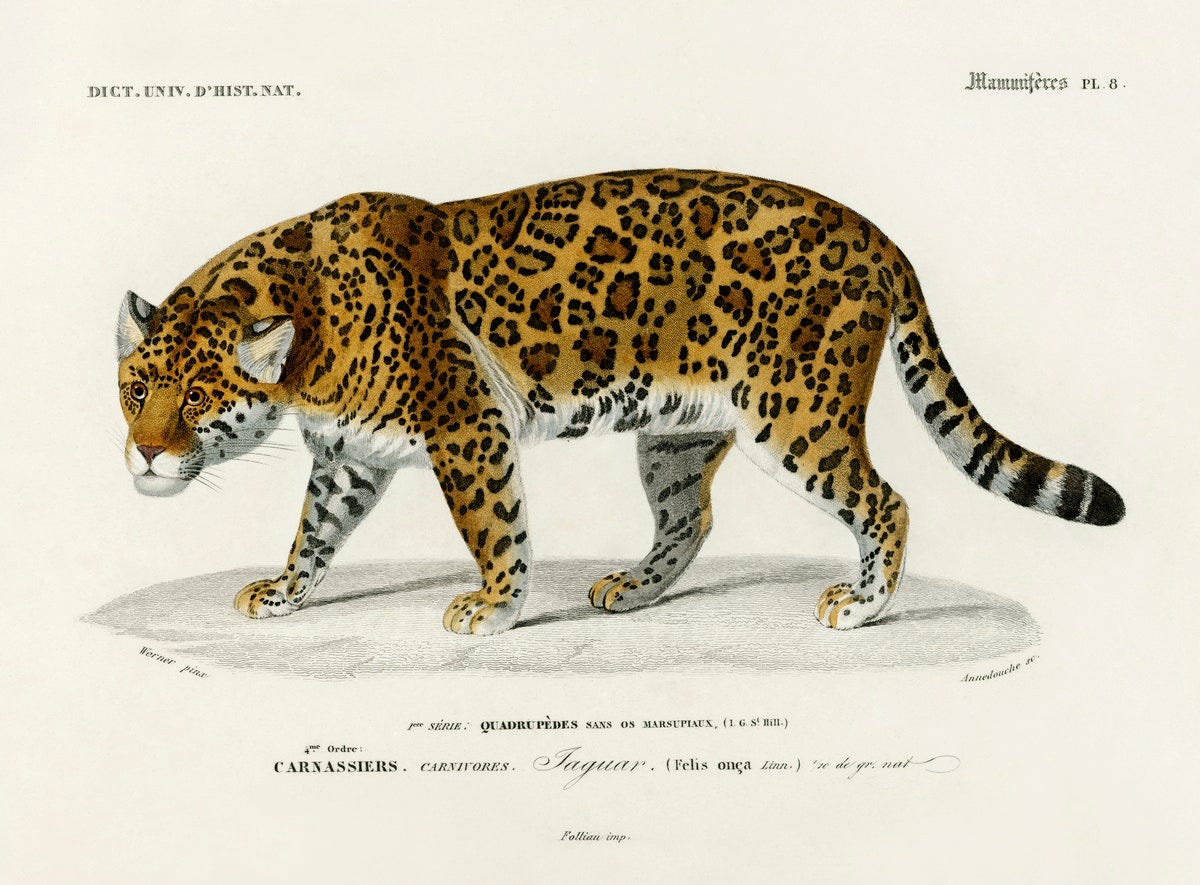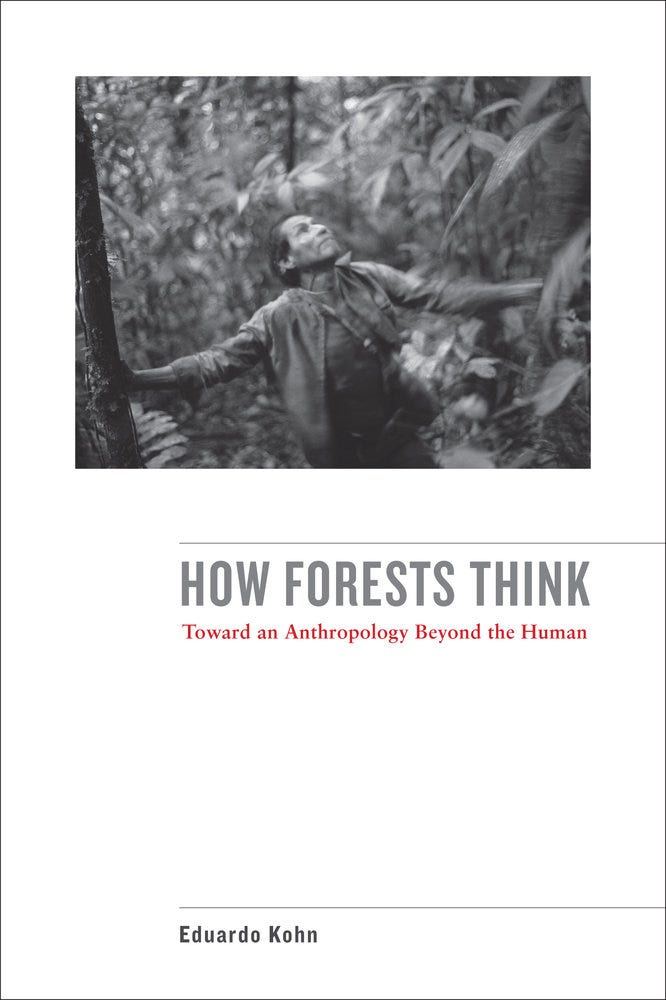🌲🌱Fieldnotes in Environmental Communication: Week of February 11, 2021
How forests think + Helping Whales By Helping People + Getting Started with Nature Journaling + More!

Hi everyone, welcome back to Wild Ones, a bi-weekly digest by me, Gavin Lamb, about news, ideas, research, and tips in environmental communication. If you’re new, welcome! Today, in my midweek update, I share my ‘fieldnotes’ in environmental communication, with ideas, tips and tools I’m exploring at the moment. You can read more about why I started Wild Ones here. Sign up here to get these digests in your inbox:
📚 What I’m reading
How Forests Think: Toward an Anthropology Beyond the Human by Eduardo Kohn.
“Can forests think? Do dogs dream? In this astonishing book, Eduardo Kohn challenges the very foundations of anthropology, calling into question our central assumptions about what it means to be human—and thus distinct from all other life forms. Based on four years of fieldwork among the Runa of Ecuador’s Upper Amazon, Eduardo Kohn draws on his rich ethnography to explore how Amazonians interact with the many creatures that inhabit one of the world’s most complex ecosystems.”
I’m a big fan of this book. I first read it a few years ago in a graduate course in environmental anthropology and it has stuck with me over the years. I picked it up again last week and am reading through it again…slowly.
There are a few challenging sections dealing with Kohn’s unique, ‘beyond-the-human’ approach to semiotic theory. But much of the book is written in an engaging narrative style with lots of examples to illustrate his effort to show how human language is not radically separate from nonhuman modes of communicating but emerges from forms of communication fundamental to all life.
In sum, for Kohn, “Thinking forests is not a metaphor.” Forests think. And this book explores how they do it, along with everyone else, both human and nonhuman ‘selves.’
Here’s a brief excerpt from the introduction to give a sense of his writing:
“Settling down to sleep under our hunting camp’s thatch lean-to in the foothills of Sumaco Volcano, Juanicu warned me, “Sleep faceup! If a jaguar comes he’ll see you can look back at him and he won’t bother you. If you sleep facedown he’ll think you’re aicha [prey; lit., “meat” in Quichua] and he’ll attack.” If, Juanicu was saying, a jaguar sees you as a being capable of looking back—a self like himself, a you—he’ll leave you alone. But if he should come to see you as prey—an it—you may well become dead meat.”
🎧 What I’m listening to
Save The Wild Podcast. Episode 4: Helping Whales By Helping People:
“Whales of Guerrero is an inspiring research program on Mexico's Pacific coast. From studying humpback whales to promoting education and public health, this organization empowers the community of Barra de Potosi to solve its own problems. This inspiring program is a model for how conservationists can protect wildlife by meeting the needs of local people.”
An interview on the Edge Effects podcast with Megan Raby, Associate Professor of environmental history at the University of Wisconsin Madison, about her 2017 book “American Tropics: The Caribbean Roots of Biodiversity Science”


👀 What I’m watching
Getting Started with Nature Journaling. A zoom workshop by John Muir Laws:
“Starting a nature journaling practice can be hard. Let’s walk through it together. In this workshop, we will explore ways to scale down the anxiety or barriers that might form between you and your journal. Learn how to get started and how to create the habit of nature journaling that can last a lifetime.”
🔍 Tools & Resources I’m exploring
Free tips and resources for teaching nature journaling. A great set of resources for educators teaching all ages on how to incorporate nature journaling into their curriculum.
💬 Quotes I’m thinking about
“How other kinds of beings see us matters. That other kinds of beings see us changes things. If jaguars also represent us—in ways that can matter vitally to us—then anthropology cannot limit itself just to exploring how people from different societies might happen to represent them as doing so…”
“…What I mean is that the world beyond the human is not a meaningless one made meaningful by humans. Rather, mean-ings—means-ends relations, strivings, purposes, telos, intentions, functions and significance—emerge in a world of living thoughts beyond the human in ways that are not fully exhausted by our all-too-human attempts to define and control these.”
– Eduardo Kohn, in How Forests Think, University of California Press, 2013
✏️ Writings from my desk
A Brief Guide To A New Keyword For The Anthropocene: New research explores the pitfalls and possibilities of the Anthropocene idea
What We Say When We Talk With Dogs: And what it tells us about an ancient relationship
Thanks so much as always for your interest in my work, and if you found this digest useful, please consider sharing with others who might find it interesting too😊 I'd also love to hear from you, so feel free to leave a comment to let me know what you think about this digest:)





